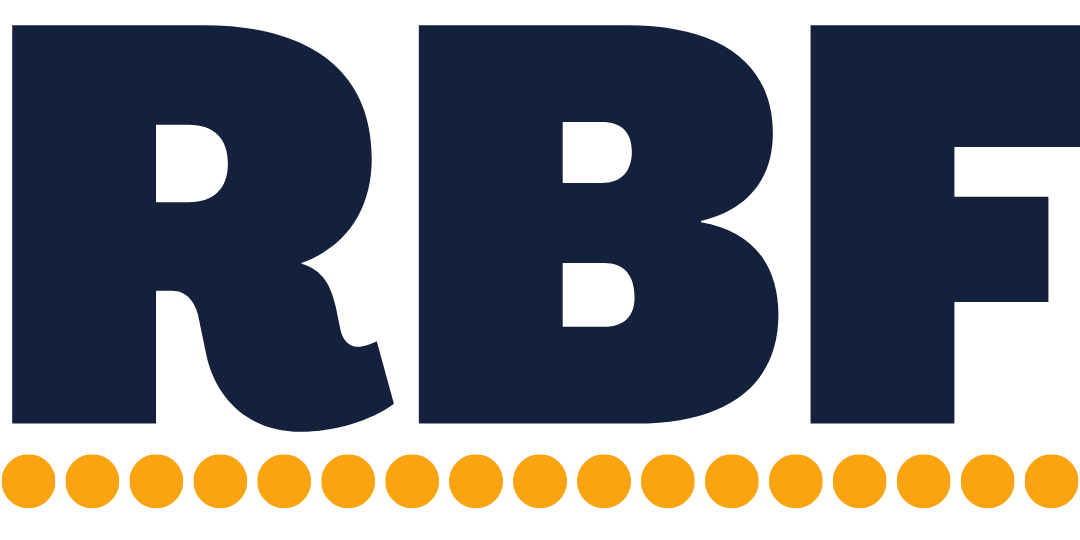Choosing an employee reimbursement process
Hey, I’m Michael Eckstein 👋, and this is ‘Ordinary & Necessary’, a weekly newsletter about the boring business topics that don’t get enough traction on the web, but will help you manage and grow your business. You signed up on my website. If you’d like to unsubscribe, just click the link at the bottom of this email. No harm, no foul, I’d love to have you back sometime.
There’s more to reimbursing employees than just collecting receipts and expense reports. You need to set policies, enforce those policies, maintain records, and disburse funds. The last two steps are surprisingly tricky. They’re tedious, administrative tasks and, if you aren’t efficient, those tasks can easily slip between the cracks leading to poor recordkeeping, slow reimbursements, or forgotten reimbursements.
So, instead, some business owners will take a sloppy approach to reimbursements and prioritize quickly disbursing funds to their employees over maintaining records (or enforcing their policies). They’ll reimburse employees in cash or using apps like Venmo, Paypal, or Cash App. These reimbursements are convenient for the business owner, convenient for their employees, and absolute accounting nightmares. They’re difficult to categorize, don’t create an audit trail, and the records are almost impossible to recreate after-the-fact. Recently, a client spent hours sifting through their Cash App history just to provide ‘good-enough’ detail to close June’s accounting.
A standardized reimbursement process will help you 1) simplify the administrative burden of reimbursing employees, 2) free up your time to work on billable work, and 3) keep accurate records while quickly reimbursing employees (keeping your accountant, employees, and the IRS happy).
Your overall reimbursement process is dictated by the frequency of employee reimbursements. Here are a few options:
Old-fashioned way: The old-fashioned way is the easiest to implement, but only really works if you reimburse infrequently (less than once or twice per month). If you still store old invoices and bills in filing cabinets, add a new file titled “Employee Reimbursements 2020.” When an employee submits an expense report, verify their receipt and expense report, staple the receipt to the report, and file it away in that folder. Then, write them a check. (Yes, cash is easier, but a check creates a more complete paper-trail.) If you’ve transitioned to the cloud, you’ll do the same virtually. Scan their receipt (and expense report if it’s handwritten) and drop it in your new “Employee Reimbursements 2020,” folder. Then, either write them a check or send it to them through your bank’s bill pay.
Specialized technology: If you’re processing dozens of reimbursements a month, you’ll want to use specialized software like Expensify. With Expensify, employees can take pictures of their receipts, submit them for reimbursement, then you can quickly review and approve them. Once they’re approved, Expensify will handle the reimbursement for you — pulling the funds from your connected bank account and depositing them in your employee’s account. (Want a good laugh? Expensify produced a music video with 2 Chainz promoting their software.)
Hybrid: If you aren’t ready for specialized software, you can repurpose other accounting cloud software. You can use software like Hubdoc, Receipt Bank, Xero’s Expenses feature, or Quickbooks Online’s Receipt Capture feature to take pictures of your employees’ receipts which will autosave to the cloud. (These softwares can also attach the receipt’s picture to an accounting transaction.) Then, you can reimburse your employees by check or add the reimbursement to their next paycheck. If you use a payroll software like Gusto, there’s a line to add nontaxable reimbursements.
THIS WEEK’S ACTION ITEM: Pick a process and stick with it. If you’re frequently reimbursing, level up and use technology.
Have a great weekend and stay safe!
Michael Eckstein
